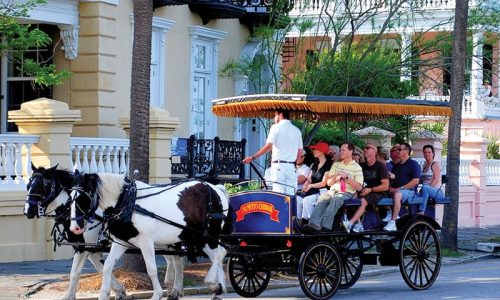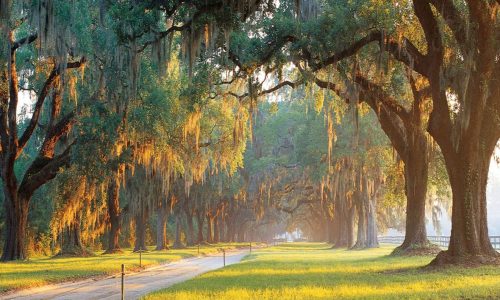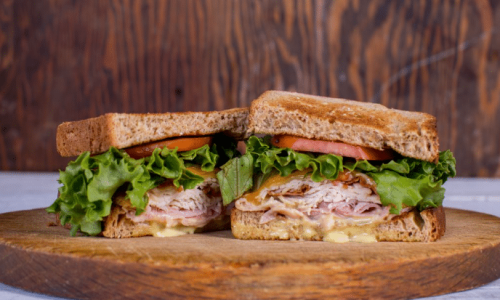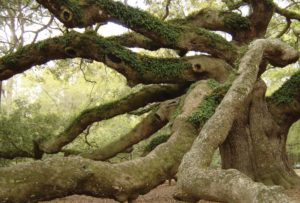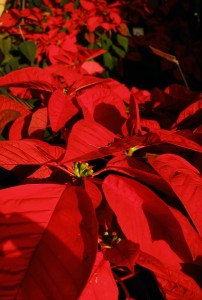
On his travels to Mexico, Poinsett discovered what was known in Mexico as the “Flor de Noche Buena” (Christmas Eve flower). He sent samples home to Charleston – most certainly not realizing how popular this plant would become. Poinsettia Day is Dec. 12, marking Poinsett’s death.
Some Poinsettia facts:
- There are more than 100 varieties of poinsettias, including the traditional red, white, pink, burgundy, marbled and speckled.
- The showy colored parts of poinsettias that most people think of as the flowers are actually colored bracts (modified leaves). Those bracts ooze a milky sap.
- The Aztecs used the Poinsettia bracts to make a reddish purple dye for fabrics and they used the sap medicinally to control fevers.
- Poinsettias contribute more than $250 million to the U.S. economy at the retail level.
- California is the top U.S. Poinsettia-producing state.
- Most Poinsettias are sold within a six-week period leading up to that holiday, representing some $60 million worth.
- Contrary to popular belief, Poinsettias are not poisonous. One study found a 50-pound child would have to eat 500 bracts to have any harmful reaction. But ingesting the bracts – and the milky substance – could result in a tummy ache so best to keep the plants away from children and pets.
Source: University of Illinois Extension
Even though the Poinsettia is regarded as a Christmastime plant, it can grow well beyond December. When the colorful bracts begin to fade sometime in March or April, prune the plant back to about 8 inches in height. It will look bare, but don’t worry new growth will emerge from the nodes up and down the stem. Keep the plant near a sunny window and continue to water it regularly during its growing period. Follow these tips from the Clemson Cooperative Extension for potting and re-flowering Poinsettias. They don’t like freezing temperatures, so our relatively mild winter climate works well for these plants.



